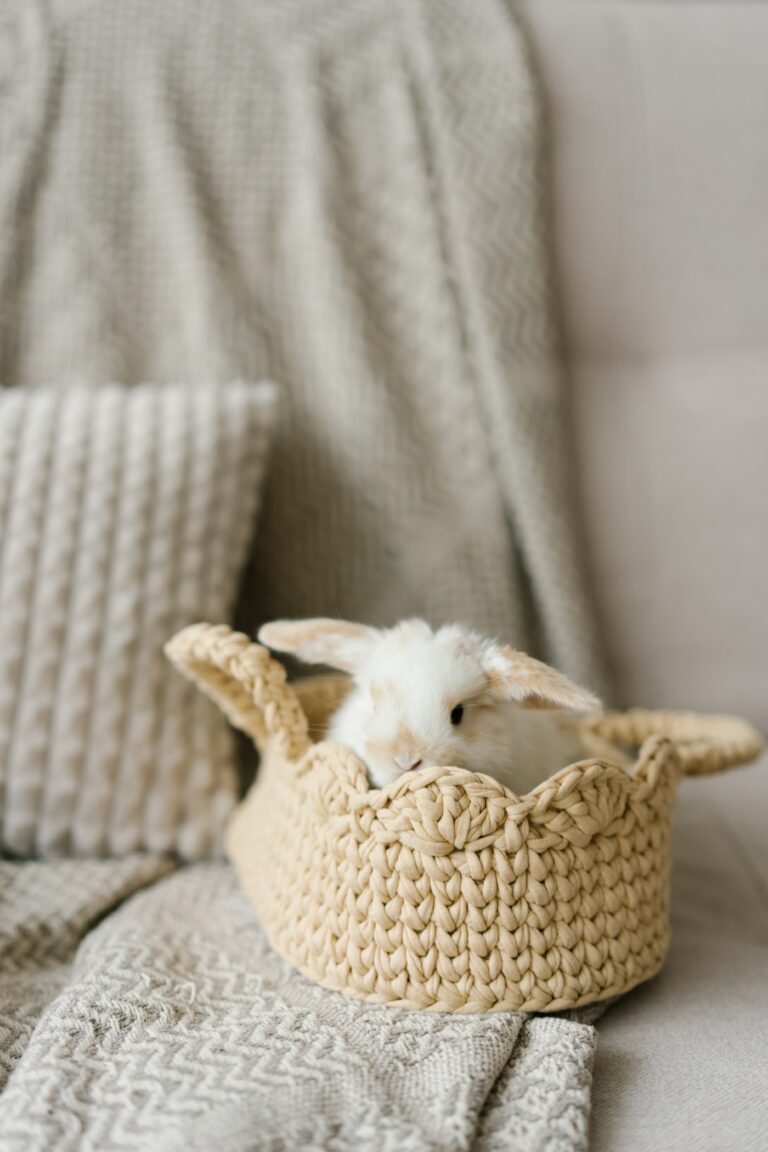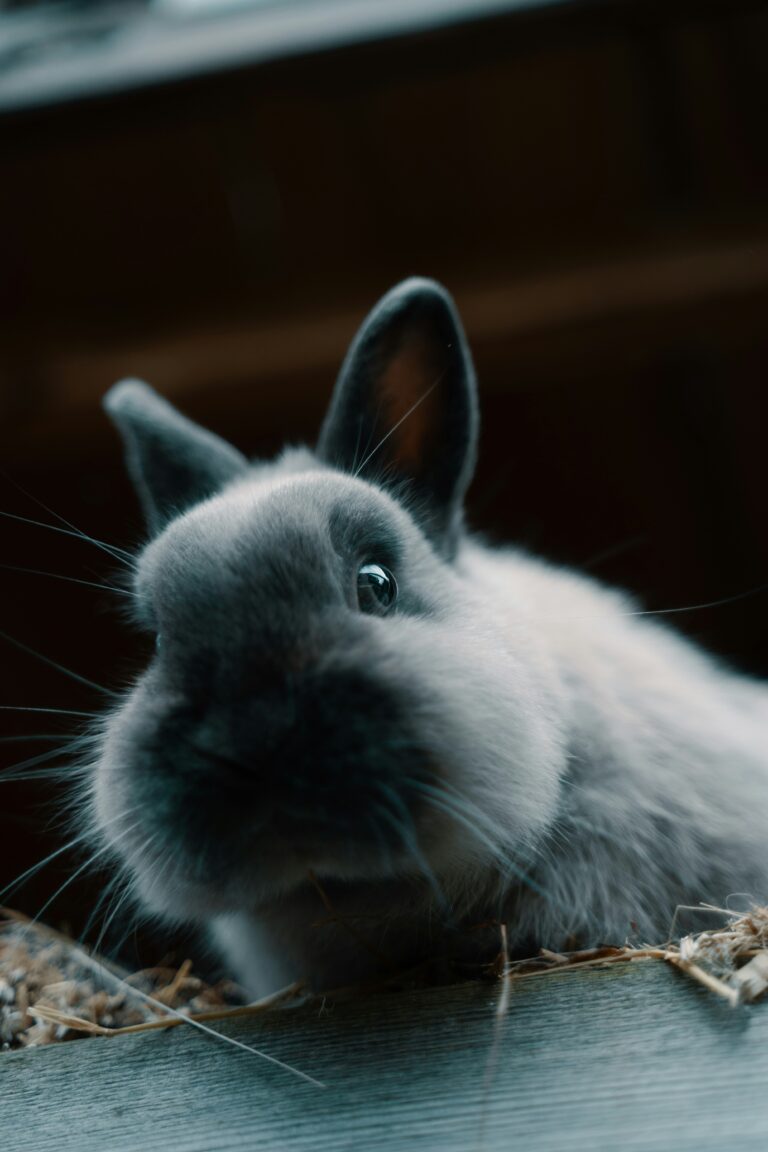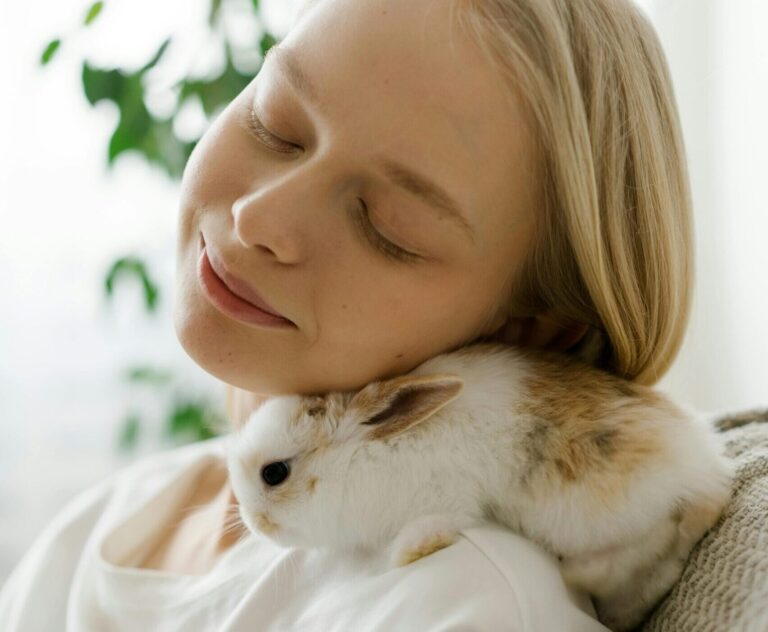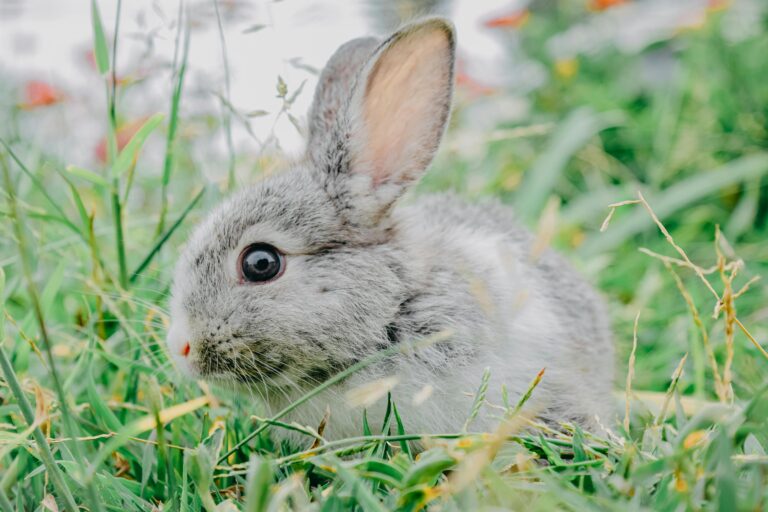Litter Box Training for Rabbits

Rabbits are intelligent and trainable creatures, and litter box training them can make life easier for both you and your furry friend!
While it might seem daunting at first, with patience and consistency, you can successfully teach your rabbit to use a litter box.
In this guide, we will walk you through the steps to litter box train your rabbit effectively!
Understanding Rabbit Behavior
Before diving into the training process, it’s essential to understand some basic behaviors of rabbits:
Natural Instincts
Digging: Rabbits have a natural instinct to dig. They often choose specific areas for elimination based on their instinctual behaviors.
Territoriality: Rabbits are territorial animals. They mark their territory with scent glands, often by urinating or leaving feces in certain spots.
Routine: Rabbits thrive on routine and are creatures of habit. Establishing a consistent schedule for feeding, playtime, and litter box use is crucial.
Litter Box Training Benefits
Hygiene: Litter box training helps maintain a cleaner living environment for both you and your rabbit.
Bonding: The training process can strengthen the bond between you and your pet as you work together towards a common goal.
Freedom: Once trained, rabbits can have more freedom to roam around the house, supervised, without causing messes.
Expectations
It is important to understand when litter box training that even a trained rabbit’s not always going to get it right! You can expect to get your rabbit to only use their litter box to urinate in, but they may still leave the occasional dropping around the house. There have been reports that spaying/neutering your rabbit can reduce this, but because rabbits don’t have as much control over elimination as some other animals, it may never be perfect.
Preparation
Before starting the training process, gather the necessary supplies:
Litter Box: Choose a litter box appropriate for your rabbit’s size. A corner litter box or a shallow plastic container works well.
Litter: Opt for a rabbit-safe litter, such as paper-based or recycled paper pellets. Avoid clumping clay litter or pine/cedar shavings, as these can be harmful to rabbits if ingested.
Hay: Rabbits typically like to munch on hay while using the litter box. Place a generous amount of hay in or near the litter box to encourage your rabbit to use it.
Cleaning Supplies: Keep cleaning supplies like vinegar, mild soap, and a brush handy for regular maintenance.
Step-by-Step Training Guide
Choose the Right Location
Select a quiet, easily accessible location for the litter box. Rabbits prefer areas where they feel safe and comfortable. Consider a corner of the room or a spot where your rabbit tends to eliminate naturally.
Introduce the Litter Box
Place the litter box in the chosen location. Adding a few of your rabbits droppings will help them to understand this is a place they should eliminate. Additionally, rabbits like to have something to nibble on while using the litter box, so you can add a small amount of clean hay to entertain them!
Initially, your rabbit might investigate or even play with the litter box. Allow them to get accustomed to the box before moving to the next step.
Encourage Exploration
Gently guide your rabbit towards the litter box, especially when you think they might need to eliminate. You can use treats or their favorite toys to encourage them to explore the box.
Observe and Reinforce
Keep a close eye on your rabbit’s behavior. When you notice them sniffing around or preparing to eliminate, gently place them in the litter box. Offer praise and a treat when they use it correctly.
Maintain Consistency
Stick to a regular feeding and cleaning schedule. Rabbits are more likely to use the litter box if they know when to expect it to be clean and when they’ll receive their meals.
Clean Accidents Promptly
If your rabbit has an accident outside the litter box, clean the area thoroughly with an enzymatic cleaner to remove any scent markers. Avoid using ammonia-based cleaners, as they can attract rabbits back to the same spot.
Gradual Expansion
As your rabbit becomes more accustomed to using the litter box, gradually expand their living space. Introduce additional litter boxes in different areas if necessary, especially if your rabbit has a large territory.
Troubleshooting
If your rabbit consistently refuses to use the litter box, consider the following:
Health Issues: Rule out any underlying health problems by consulting with a veterinarian.
Box Size: Ensure the litter box is large enough for your rabbit to comfortably move around in.
Litter Preference: Experiment with different types of litter to see if your rabbit has a preference.
Stress Factors: Identify and address any stressors in your rabbit’s environment that may be causing them to avoid the litter box.
Additional Tips
Positive Reinforcement: Use verbal praise, petting, and treats to reinforce desired behavior.
Patience is Key: Every rabbit learns at their own pace. Be patient and consistent throughout the training process.
Avoid Punishment: Never scold or punish your rabbit for accidents. This can lead to fear and anxiety, hindering the training progress.
Spaying/Neutering: Consider spaying or neutering your rabbit, as it can reduce territorial behaviors and make litter box training easier.
Conclusion
Litter box training a rabbit requires patience, consistency, and understanding of your pet’s behaviors!
By following the steps outlined in this guide and providing a suitable environment, you can successfully teach your rabbit to use a litter box.
Remember to maintain a positive attitude and celebrate each milestone achieved along the way.
With time and effort, you and your rabbit can enjoy a clean and harmonious living space together!






